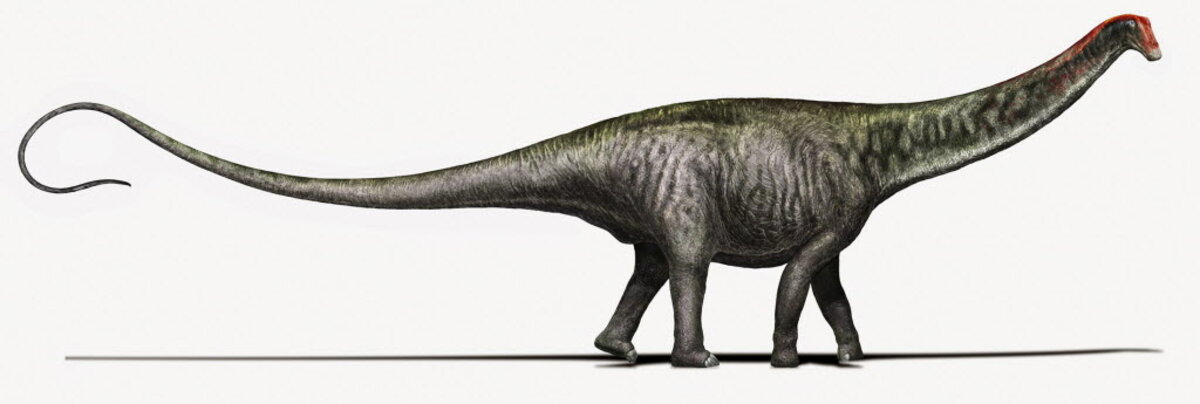Is the Brontosaurus really back?
Loading...
The Brontosaurus, known for its long neck and tail, is one of the most recognizable and beloved dinosaurs. But for more than a century scientists believed it never actually existed.
Until now, that is. A��recent study published in the journal PeerJ has a move that could improve our picture of the family tree of some of the longest creatures ever to roam the Earth.
“We knew it would be a major finding because Brontosaurus is such a popular name,”��Emanuel Tschopp, a paleontologist at the Nova University of Lisbon, Portugal who led the study, told Nature. “I’m pretty sure there will be a scientific discussion around this. I hope there will be. .”
The first Brontosaurus was classified by paleontologist Othniel Charles Marsh in 1879, two years after he discovered the similar dinosaur��Apatosaurus. The two were widely believed to be distinct species until 1903, when paleontologist Elmer Riggs found a third set of dinosaur bones that resembled both the Brontosaurus and the��Apatosaurus, leading him to conclude that they were actually all the same.��[Editor's note:��An earlier version misstated the year in which��Brontosaurus��was discovered.]
According to the rules of scientific nomenclature, the oldest name had priority, so the Brontosaurus went extinct, again.
“They really rushed new species into press as fast as possible, and many of these reference specimens on which they based new species are extremely fragmentary and are not comparable directly,” said Dr. Tschopp.
The purpose of the study was not to bring back this classroom favorite, but to fill in the limbs and branches of the phylogenetic tree of��diplodocids, a family of��long dinosaurs with relatively short legs.
Tschopp and his team analyzed dozens of species, looking at nearly 500 traits to determine if the anatomical differences between specimens represented variations within species, as Marsh thought, or between species. After collecting data from museums all over the world, Tschopp concluded that Brontosaurus and��Apatosaurus were different enough to belong to different genera.
The differences are small, but meaningful, Tschopp told Nature. “Even though both are very robust and massive animals, Apatosaurus is even more so,” he said.
Some are skeptical about Tschopp’s findings, however.
"So is Brontosaurus valid after all?" Kenneth Carpenter, director and curator of paleontology at Utah State University Eastern's Prehistoric Museum, . "Maybe. But I think the verdict is still out." Carpenter said that the researchers should have described the that fossil on which Apatosaurus is based in detail if they wanted to use it to classify the Brontosaurus.
The study didn’t only bring back the Brontosaurus, it also shuffled around several other dinosaurs. The dinosaur Diplodocus hayi is now in a genus of its own, called��Galeamopus, and Dinheirosaurus is now part of the Supersaurus genus.��
Philip Mannion, a palaeontologist at Imperial College London, said that this discovery will allow for more accurate classifications in the future and help paleontologists better understand evolution. ������ ������ ������ ������ ������ ������ ������ ������ ������ ������ ������ ������ ������ ������
“The public is going to get a lot out of this because Brontosaurus has this very prominent place in the public imagination,” said Mannion.





